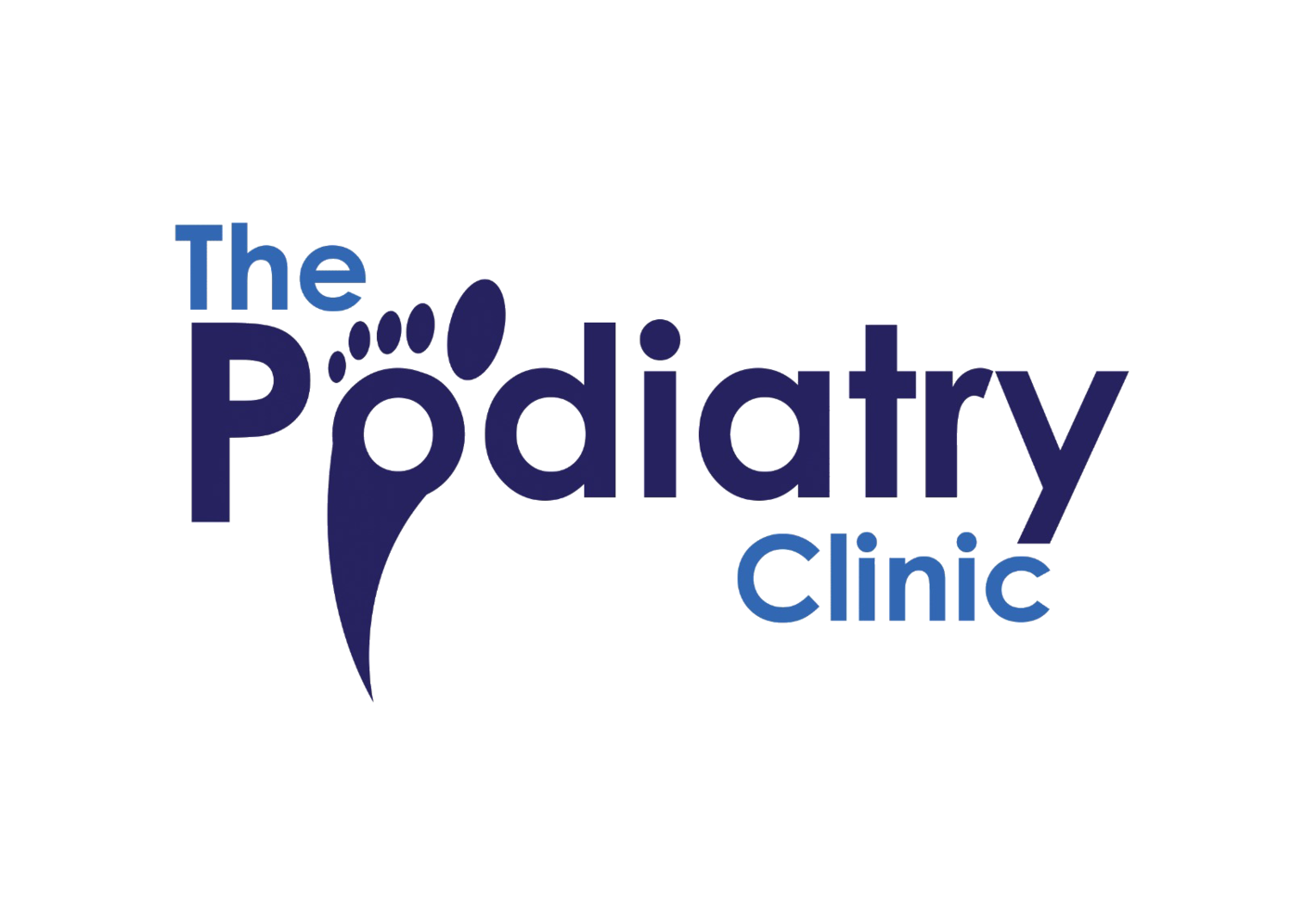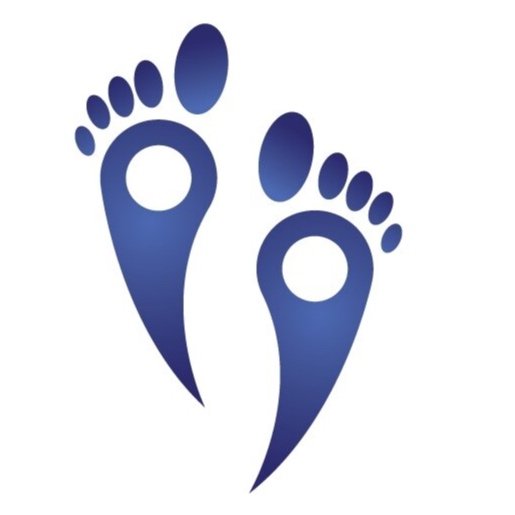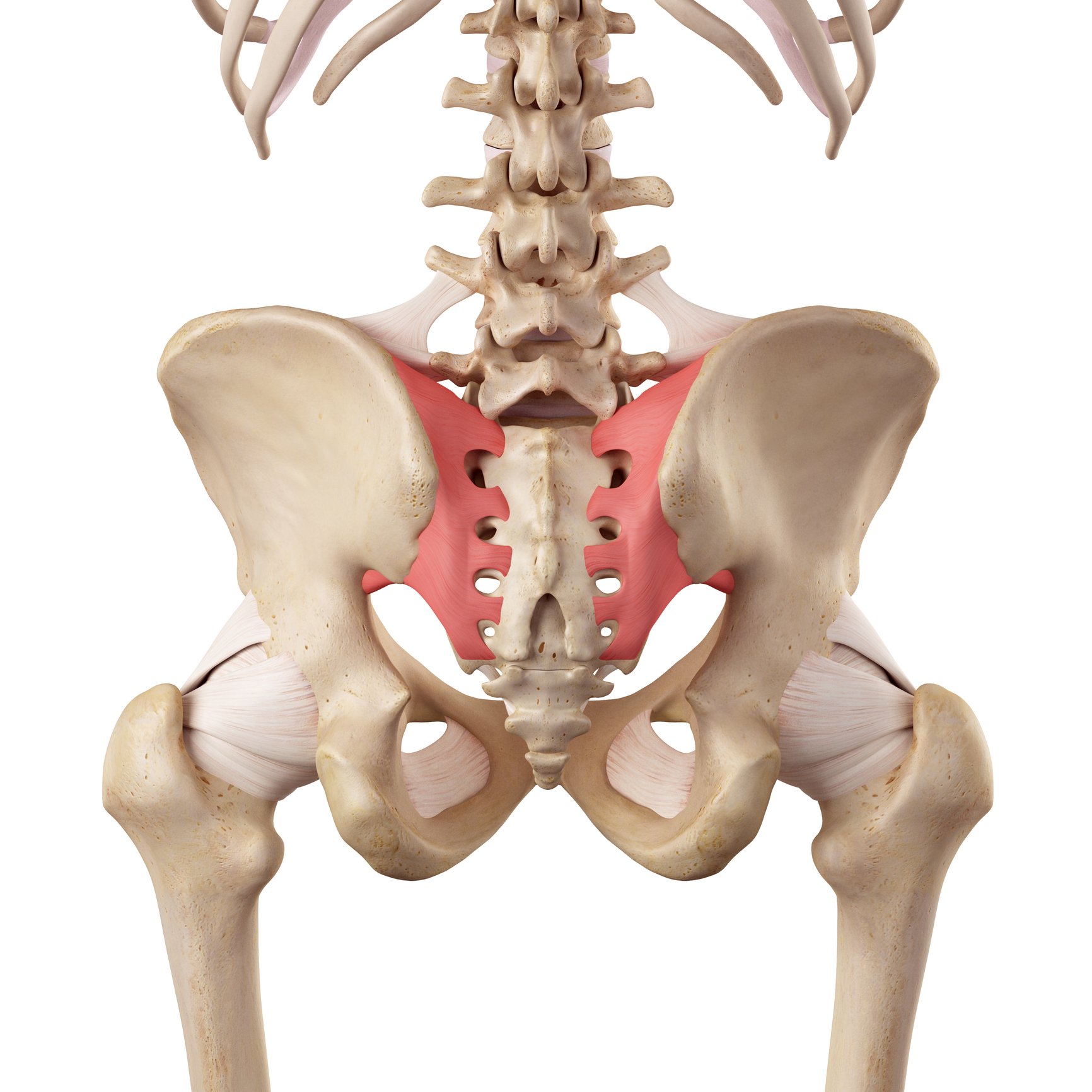Back pain - Sacroiliac Joint Dysfunction or Sacroiliitis - Successful Pain Relief with Ultrasound Guided Injections
Sacroiliac Joint Pain
One of the most typical causes of lower back pain is the dysfunction of sacroiliac joint or sacroiliitis (inflamed joint). The lower back, buttocks, hip, and thigh can all be painful when there is an issue with the sacroiliac joint.
Sacroiliac joint lies at the base of the spine between sacrum and the ilium. Its job is to transmit force from our legs to our spine when we move by acting as a shock absorber within the pelvis.
What can cause the pain in sacroiliac joint?
Pain related to sacroiliac joint can be aggravated with long standing, long sitting, standing on one leg, stair climbing, and running.
Numerous dense ligaments that support and restrict pelvic mobility surround the SIJ. These ligaments may sprain or tear as a result of trauma, such as a car accident, a fall, or physical activity like lifting or jogging. Injury to the SIJ ligaments can result in excessive or insufficient motion inside the joint, changing its capacity to act as a dual-shock absorber and putting more load on other joints like the spine, hip, knee, and foot.
What does sacroiliac pain feel like?
Your lower back, hips, and legs may experience SI joint dysfunction symptoms. Since your lower back's SI joints connect to your pelvis on each side, symptoms can occasionally just affect one side of your body.
These signs include:
Dull, aching pain in your lower back specific to one side of the back just above the buttocks or in a band across the whole lower back.
Pain spreading to hip, buttocks and groin
Sciatic-like pain that is hot and stabbing in the back of thighs and buttocks
Stiffness in your lower back, hips and groin
Pain worsened by running, climbing stairs or laying on one side
Pain when you stand from a sitting position
Night time pain
Diagnosis
Clinician will carry out the physical examination following taking history of the problem and if the trouble is suspected in the SI joint then a diagnostic SI joint injection is offered to patient to confirm the diagnosis. This is accomplished by injecting local anaesthetic to numb the sacroiliac joint with numbing solution (lidocaine). To ensure accuracy, the injection is carried out under ultrasound guidance.
Treatment
Stopping the action that is causing you discomfort is the most crucial thing to do followed by anti-inflammatory or pain medicines, and physiotherapy program. However, if your discomfort doesn't go away, your clinician can offer you ultrasound guided steroid or other injections to help relieve the pain and symptoms.
Accurate needle placement in SI joint confirms SI joint related pain and injection of corticosteroids leads to improvement in pain. Image guided SI joint injections such as ultrasound guided should be performed (James and Andrew 2022).
Recent studies confirmed that the ultrasound-guided SI joint injections has similar treatment effect as the fluoroscopically or x-ray guided injection; however, ultrasound guidance also facilitates the avoidance of critical vessel injury during the procedure (Chuang et al 2019).
To book for an appointment you can call our normal reception line, 0121 285 5656 or email direct to hello@thepodiatryclinics.co.uk requesting an appointment. Please include your name, date of birth, your address and GP contact details.
You will be sent a form to complete and forward back to us or bring along on the day.
References:
Diagnosis and interventional pain management options for sacroiliac joint pain Chuang, Ching-Weia,b; Hung, Sheng-Kaia; Pan, Po-Tinga; Kao, Ming-Changa,b,*Tzu Chi Medical Journal 31(4):p 207-210, Oct–Dec 2019. | DOI: 10.4103/tcmj.tcmj_54_19
Review of Sacroiliac Joint Injection Techniques. James J Bresnahan 1, Andrew T Ng 2. Curr Pain Headache Rep. 2022 May;26(5):385-390.




